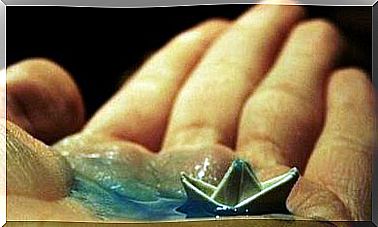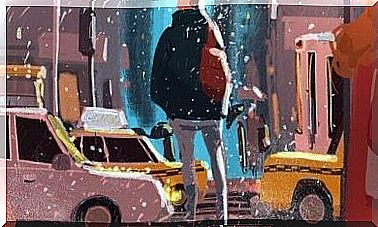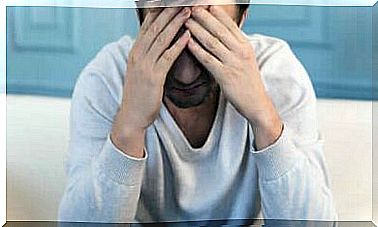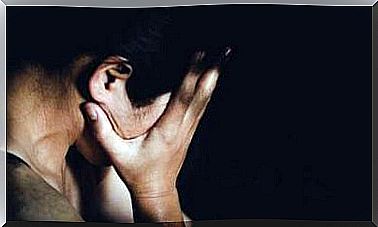Problem Solving Strategies
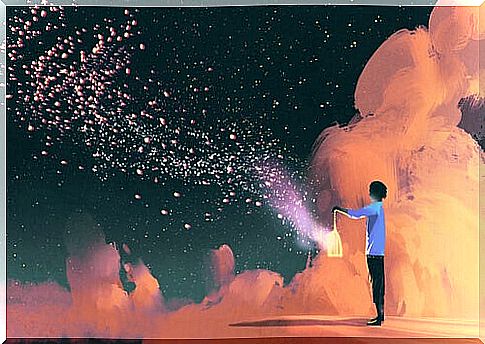
Albert Einstein deserved to be heard. Fortunately for us, he left behind great wisdom, such as, “We cannot solve problems by thinking as we did by creating them.” Follow this logic and ask yourself what strategies you use to solve the problem.
Out of an enormous range of possibilities, people tend to apply two fairly reliable strategies. Or so they at least think. We first deal with strategic problem solving, after which we discuss the paradox of the lost key.
What are the strategies for problem solving?
Successful problem solving promotes your learning. It is said that failure is a good teacher, but success is as well. If you manage to find a solution, in addition to coping with the problem, you will learn important lessons.

Applying strategic problem solving
Strategic problem solving is a model that can be applied to any field and to solve problems of varying degrees. To be able to use a model, you need to know its three basic steps: definition, goal, and encounter.
Definition
The first step is definition. Before looking for a solution, you need to know exactly what the problem is. You need to identify the nature of the problem.
One way to define a problem is to ask where the problem consists of, where it is, when it occurred, whose cause it is, how and why it happened… In other words: it is good to take the time to identify the details of the problem.
Target
Once the problem is identified, you need to find out what your goals are. Instead of constantly complaining without looking for a way out, ask yourself what kind of result you want. For example, if you have a job interview after 6 months and you know you are expected to have a certain level of foreign language proficiency, your goal is to reach that level. You may find out later that you like learning that language and want to learn more. However, the original goal is that required level of language.
Look closely at your problems and visualize them as challenges instead of threats. It becomes a source of motivation, resulting in a lower level of stress and a significantly higher level of satisfaction.

Meeting
Once you are fully aware of the problem at hand, it is time to set a strategy to solve it. You know your goal and the scale of the problem. Now consider the method.
In other words, you need to identify what strategy will best help you achieve your goal and solve the problem. Below is a list of a few techniques:
-
Take the problem to the extreme. Sometimes situations need to go in a worse direction before turning for the better. It is said that “there is calm before the storm”. Perhaps the problem of falling to the extreme and falling to the bottom can serve as a tool for momentum. In a fire, for example, it is pointless to try to save objects because you may have to pay for this attempt with your life. One only has to patiently wait for the firefighters to come out of the fire, throw the destroyed objects away and start over.
-
Plan retrospectively. The second strategy involves working retrospectively, starting with the solution. So we start by imagining that the situation has already been resolved. After that, we start exploring how we got to that point, step by step. It’s like rewinding a movie, and that’s how we witness how strategy comes into being. Mathematicians, among others, use this solution for display purposes. They start with the solution they want to prove to show that they can come to that conclusion.
-
Look through the problem. To do this, you need to visualize the reality you want in your mind. This will give you the strength and motivation you need to overcome uncertainty and freedom to find the best solution.
Lost Key
This problem-solving technique can be found in a book called The Situation Is Hopeless But Not Serious (The Pursuit of Unhappiness). Through ingenuity and humor, Paul Watzlawick helps identify certain mistakes that each of us sometimes collapses to make.
In “The Lost Key,” the author tells the story of a drunk man looking for his key in the light of a street lamp. Police will see him and help with the search for a while. At some point, however, he asks the man if this was certain that he lost his key to that very place. To this the intoxicated man replies that he had lost the key much earlier, but it was too dark to start looking for the key.
When we analyze our problems, we should be aware that we are looking for a solution at the right place. Often we do a “bear service” to ourselves as we are blinded by the light of a “street lamp”. Maybe it was sometimes helpful and helped us move forward, but that doesn’t mean the same solution applies to all of our problems.

However, our brains work this way naturally. They go through the archives of our minds to find resources that have proven useful in the past. The truth is, we don’t always have the information or solution we need, no matter how much experience we have.
You now have new tools for troubleshooting. However, keep in mind that a knife is of no use if it is not used by its owner. Now it’s your turn to implement these tools alongside your knowledge, wit, and positivity.
